You’ve dreamed of owning a home for as long as you can remember but you aren’t quite sure you can afford it. Here are few things to consider for purchasing a home.
Debt & Savings
You want to make sure that you own your home and your home doesn’t own you. You want to make sure that you pay off those credit cards, car loans and student loans as quickly as possible. This ensures you can handle any unexpected expenses that come your way once you own a home. Once debt’s in the past, get busy stockpiling money for your buying expenses and down payment.
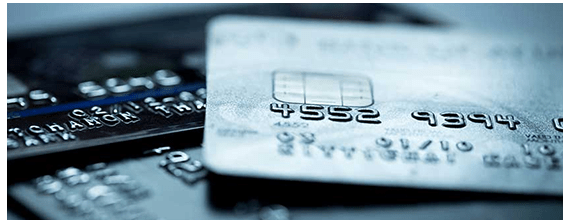
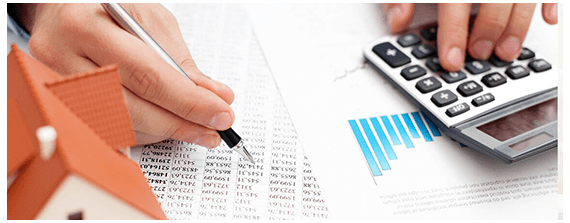
Down Payment
The best way to buy a home is to put 100% down. If paying cash for your home isn’t an option, set a goal of saving at least 10%. 20% will put you in an even better position because you’ll avoid paying private mortgage insurance (PMI). Using quick numbers 10% down for a $100,000 home is $10,000 you will need to save. See below for more information on the types of loans.
Closing Costs
On average, closing costs can range from 2% to 5% of your home’s purchase price, according to Zillow. For a $100,000 home, that’s anywhere between $2,000 and $5,000 to cover items like:
- Loan origination fee
- Home and pest inspection fees
- Appraisal
- Prepaid property taxes and mortgage insurance
- Title insurance
Your lender will give you an estimate of costs after you apply for your mortgage. These fees will vary so stay in contact with your lender. You should receive your final closing disclosure form at least three days before closing. Review it for unexpected cost differences, and ask your lender to explain any new charges or charges you may quite not understand.
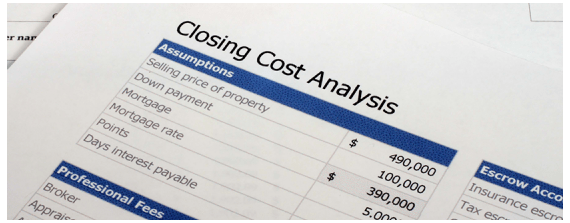

Moving Expenses
Moving is not cheap or free. You are going to have plenty of moving expenses:
- Boxes, bubble wrap and other moving supplies
- Deposits for utilities
- Cleaning supplies
- Appliances that aren’t included in your home purchase
- Any upgrades like painting and furniture
Shop around and get multiple estimates for moving costs or renovations. Think of purchasing older furniture or appliances on Craigslist or Ebay to save some money. Just because it’s a new home doesn’t mean you have to purchase all brand new items.
If you really want to keep costs in check, work with me. Having a buyer’s agent by your side brings two big benefits:
Save money
In most cases, the home seller pays the commission for real estate agents so you pay nothing to get expert help! Even better, a buyer’s agent can save you thousands on your dream home by fighting for your best interests and negotiating the best price.
Save time
Real estate contracts and legal documents require piles of paperwork to go through. Life’s way too busy for that! Let an expert who knows all of the laws and regulations take care of it for you. You work on the paint color for the living room. I will work with on the Sales Agreement to Purchase Real Estate forms.
Financing
Home Loans: Which One is Right for You?
If you’re searching for a home, odds are you searching for a home loan as well—and with so many options, it’s by no means a one-mortgage-fits-all model. Where you live, how long you plan to stay, and other factors can make certain home loans better suited for your goals, and choosing wisely could save you a lot of money on your down payment, fees, and interest. Check out these common types of home loans so you can make the right choice. I work with multiple lenders in the area. See which mortgage is right for you and contact me. I can have my lenders check your credit and get you pre-approved today!


Conventional – Fixed or Adjustable
The most common type of loan is the conventional loan. It has a single interest rate and monthly payment over the life of a loan. The “life” of the loan is just the amount of years you will have to pay back the loan. The shorter the years, the higher your monthly payment but the quicker you pay back the loan. The longer the “life” the smaller amount of your monthly payment and the longer the time you will be paying it back. The most common “life” of a conventional loan are 15 and 30 year loans.
Interest Rates
The two big differences with conventional loans are your interest rate and your down payment. A conventional loan can have a fixed interest rate. This interest rate is locked in over the life of the loan. So it will never change. This is a great way to know your consistent mortgage payment over the life of the loan. So if your interest rate is 4% in 2018, your interest rate in 2048 will be 4%. The other type of interest rate is an adjustable interest rate. With this type of interest rate your rate is based on the current year interest rate and can change throughout the life of the loan. So if your interest rate is 4% in 2018, your rate next year can be 3% and you would have a lower monthly payment or it can be 5% and you would have a higher monthly payment.
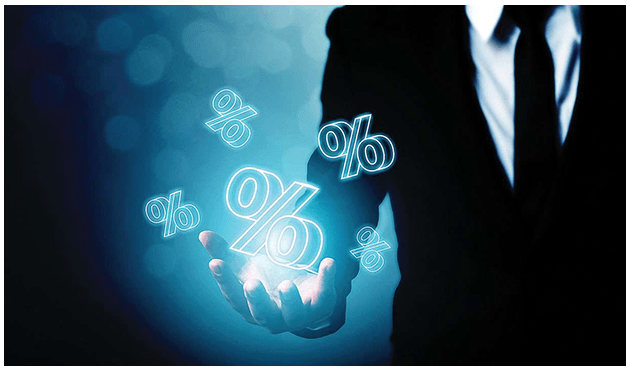
Your mortgage payment can change dramatically. This is why I do not recommend an adjustable rate loan for my clients. What if your interest rate went to 10% and now your monthly mortgage payment doubles?? Stick to a fixed rate in my opinion. You get the peace of mind for what your payment will be throughout the life of the loan. An adjustable rate can be beneficial if you are not planning to live in an area for a long period of time. You can possibly get a lower interest rate to start than a fixed interest rate and will not be living there long to see high fluctuations in the interest rate market.
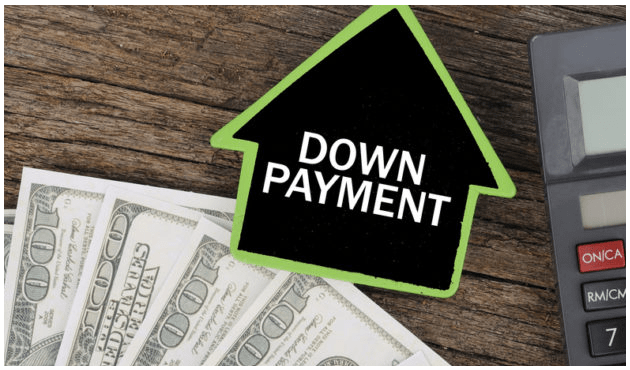
Down Payment
A conventional loan will require a down payment. Your down payment is money that you saved that will be used to pay down your loan. The most common down payments for a conventional loan are 5 – 20%. This means that if have a 5% down payment on a $100,000 home then you would be paying $5,000 and your loan balance will be $95,000. Please note that if you put down less than 20% most banks will require you to pay an additional mortgage insurance payment into your loan called PMI (Private Mortgage Insurance). This protects the bank from losing money if you cannot make the mortgage payments and the home goes into a foreclosure.
The fees vary for PMI but its typically .3% per year of the loan value. So if you had a $100,000 loan, your PMI would be $300 per year or $25 per month additional in your monthly payment. Once you pay down to 80% of the loan value (In our example, $80,000) your PMI would go away. Also note, the PMI $25 per month does not count toward the loan. Its insurance you are paying for the bank to make sure you pay your mortgage payment.
Other Types of Loans
FHA Loan
A FHA loan is a mortgage that’s insured by the US government’s Federal Housing Administration (FHA). They are popular among first time home buyers because they allow down payments of 3.5% for credit scores of 580+. If your credit score is lower between 500 – 579 you can still receive an FHA loan if you have a 10% down payment. The lower the credit score, the higher the interest you will receive. Remember, just like conventional home loans that do not have 20% down payments you must pay mortgage insurance premiums (PMI). Check with your local lender because anything with the government requirements can change.
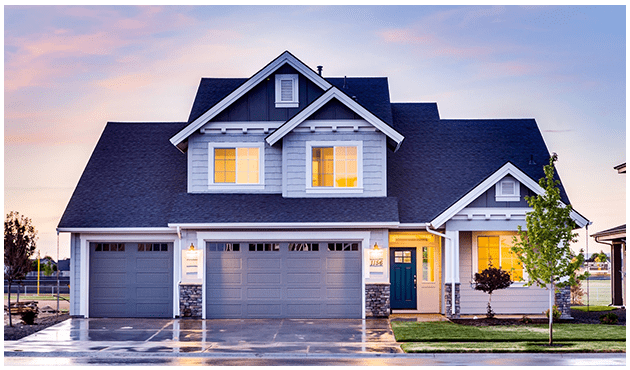
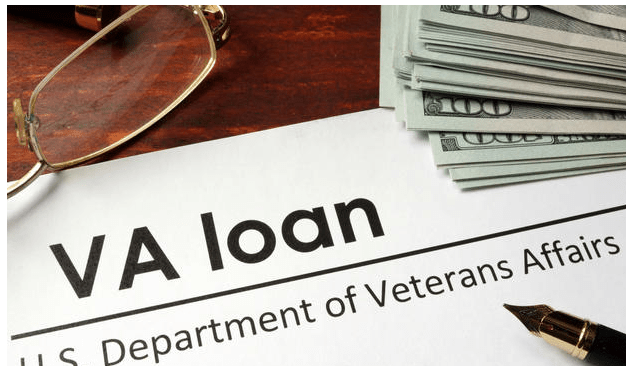
VA Loan
If you have served in the United States military the government agency Veterans Affairs (VA) offers an excellent alternative to the conventional loan. These loans can offer 0% down payments without any PMI insurance. The home does have to meet minimum property requirements (no fixer-uppers) and you will need to have certain military experience to qualify. The home must be your primary residence as well. Sorry, no vacation beach houses. Thank you for your service all military men and women and your families for making the United States the greatest country in the world!
USDA Loan
The United States Department of Agriculture (USDA), yes the same department that approves your meat, will loan you money for a home! This program also offers 0% down but you will pay a PMI. These types of loans are primarily used for home buyers looking to purchase in rural areas.
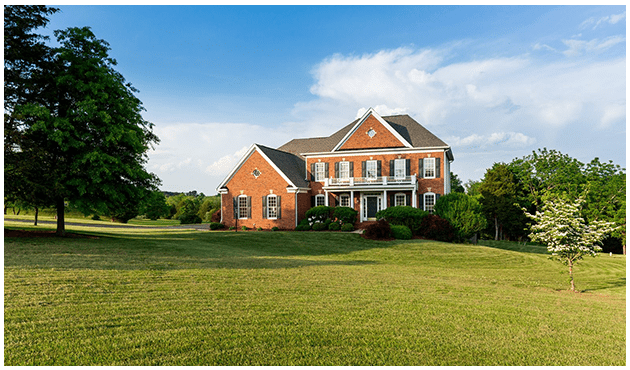
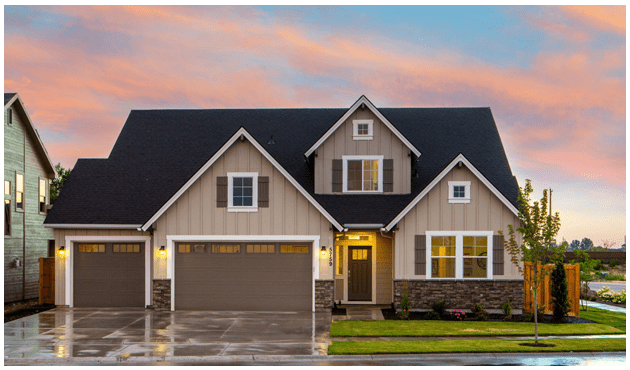
203K Loans
A 203K Loan is a way to bundle in the purchase of your home and the costs of any rehab (fixes) into a single mortgage. So if you find a fixer-upper and want to purchase the home and fix the roof and some other items that need to be addressed a 203k loan can be a great way to do it. There are multiple guidelines that need to be met such as using licensed contractors to complete the work, having inspections of completed work by loan officers and other government legal stuff.